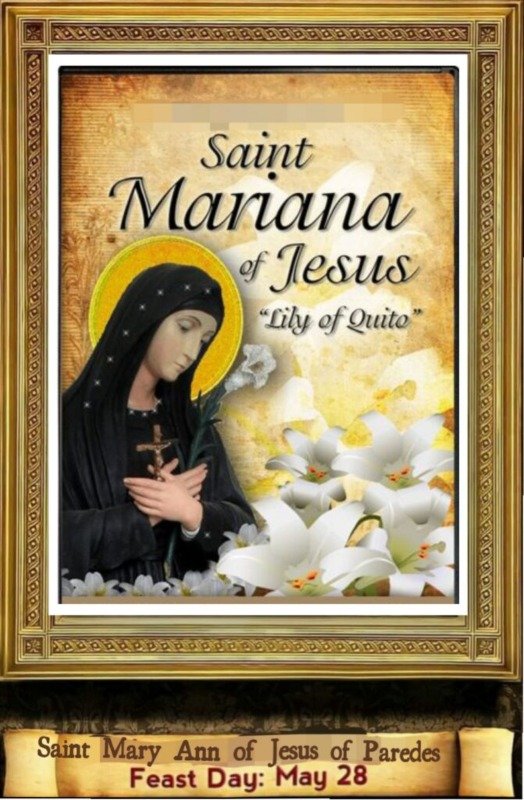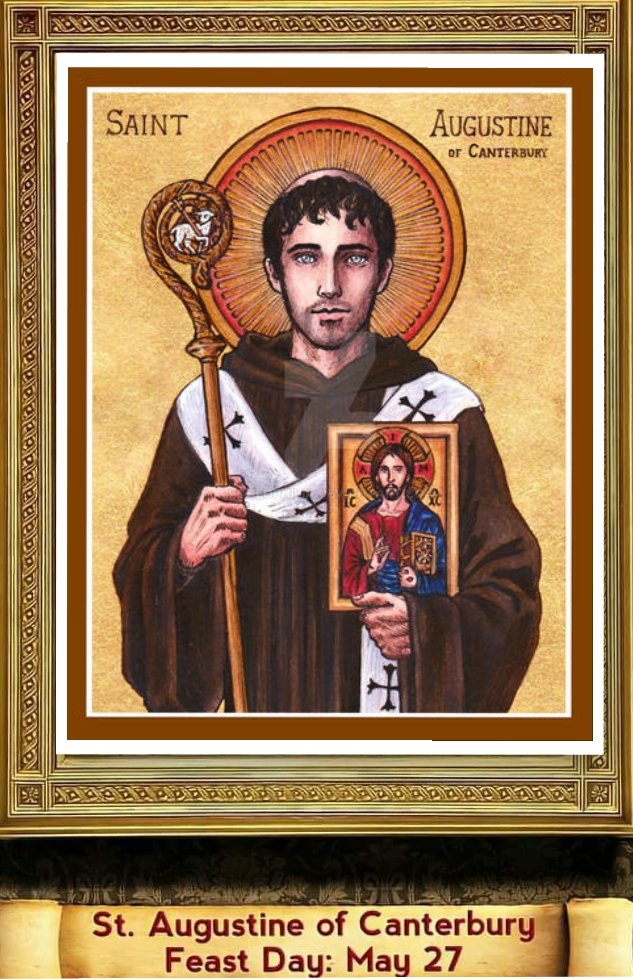MEMORIAL OF SAINT VINCENT DE PAUL, PRIEST – 27th SEPTEMBER
Vincent de Paul (24 April 1581 – 27 September 1660), commonly known as Saint Vincent de Paul, was a French Catholic priest who dedicated himself to serving the poor. In 1622 Vincent was appointed a chaplain to the galleys. After working for some time in Paris among imprisoned galley slaves, he returned to be the superior of what is now known as the Congregation of the Mission, or the “Vincentians” (in France known as “Lazaristes”).
These priests, with vows of poverty, chastity, obedience, and stability, were to devote themselves entirely to the people in smaller towns and villages. Vincent was zealous in conducting retreats for clergy at a time when there was great laxity, abuse, and ignorance among them. He was a pioneer in clerical training and was instrumental in establishing seminaries, and founder of the Congregation of the Mission and Daughters of Charity of Saint Vincent de Paul.

Saint Vincent de Paul has a charity named after him by Blessed Frédéric Ozanam. He was renowned for his compassion, humility, and generosity. Vincent was canonized in 1737 and is venerated as a saint in the Catholic Church and the Anglican Communion. Vincent de Paul was born in 1581 in the village of Pouy, in the Province of Guyenne and Gascony, the Kingdom of France, to peasant farmers, father Jean and mother Bertrande de Moras de Paul.
There was a stream named the “Paul” in the vicinity and it is believed that this might have been the derivation of the family name. He wrote the name as one word – Depaul, possibly to avoid the inference that he was of noble birth, but none of his correspondents did so. He had three brothers – Jean, Bernard and Gayon, and two sisters – Marie and Marie-Claudine. He was the third child. He demonstrated a talent for literacy early in life and during his childhood also herded his family’s livestock.
At 15, his father sent him to a seminary, managing to pay for it by selling the family’s oxen. For three years, Vincent received his education at a college in Dax, France, adjoining a monastery of the Friars Minor where he and others resided. In 1597, he began his studies in the Faculty of Theology at the University of Toulouse. The atmosphere at the university was anything but pious or conducive to spiritual contemplation. Fights broke out between various factions of students which escalated into armed battles.

An official was murdered by two students. Nevertheless, he continued his studies and was finally able to help pay for his education by tutoring others. He was ordained on 23 September 1600, at the age of nineteen, in Château-l’Évêque, near Périgueux. This was against the regulations established by the Council of Trent which required a minimum of 24 years of age for ordination, so when he was appointed parish priest in Tilh, the appointment was appealed in the Court of Rome.
Rather than respond to a lawsuit in which he would probably not have prevailed, he resigned from the position and continued his studies. On 12 October 1604, he received his Bachelor of Theology from the University of Toulouse. Later he received a Licentiate in Canon Law from the University of Paris. Early biographies of Vincent describe his capture and enslavement during his two years away from France, from 1605 to 1607.
Subsequent biographies written nearly 300 years after the events in question consider his enslavement a myth, starting with Antoine Rédier’s La vraie vie de Saint Vincent de Paul. The biographer Pierre Coste, who wrote Monsieur Vincent, the comprehensive biography of Vincent based on his correspondence, interviews, and documents, publicly confirmed the accuracy of Vincent’s captivity and enslavement.
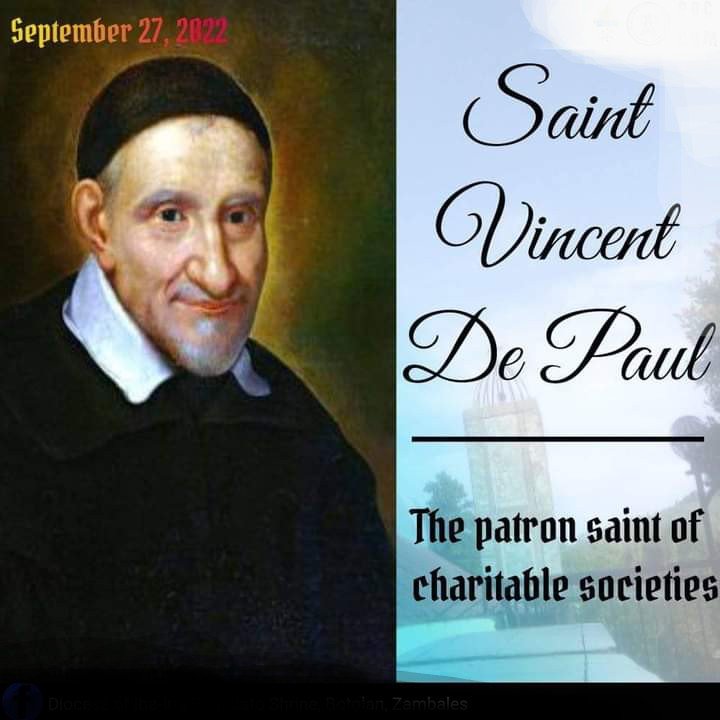
To avoid scandal and possible backlash, Coste kept his doubt of the slavery narrative private. Skeptics agree that the letters themselves were written by Vincent, but question Vincent’s account of the events of 1605–1607. There is not an alternative narrative of Vincent’s life from 1605 to 1607, but Pierre Grandchamps and Paul Debongnie argue that details of Vincent’s captivity narrative are implausible.
According to the letters, in 1605, Vincent sailed from Marseilles on his way back from Castres where he had gone to sell property he had received in an inheritance from a wealthy patron in Toulouse, and was taken captive by Barbary pirates, who took him to Tunis. De Paul was auctioned off as a slave, and spent two years in bondage.
His first master was a fisherman, but Vincent was unsuitable for this line of work due to sea-sickness and was soon sold. His next master was a spagyrical physician, alchemist and inventor. He became fascinated by his arts and was taught how to prepare and administer his master’s spagyric remedies.

The fame of Vincent’s master became so great that it attracted the attention of men who summoned him to Istanbul. During the passage, the old man died and Vincent was sold once again. His new master was a former priest and Franciscan from Nice, Guillaume Gautier. He, Gautier, had converted to Islam in order to gain his freedom from slavery and was living in the mountains with three wives.
The second wife, a Muslim by birth, was drawn to and visited Vincent in the fields to question him about his faith. She became convinced that his faith was true and admonished her husband for renouncing his Christianity. Her husband became remorseful and decided to escape back to France with his slave. They had to wait ten months, but finally they secretly boarded a small boat and crossed the Mediterranean, landing in Aigues-Mortes on 29 June 1607.
After returning to France, Vincent went to Rome. There he continued his studies until 1609 when he was sent back to France on a mission to King Henry IV. Once in France, he made the acquaintance of Abbé Pierre de Bérulle, whom he took as his spiritual advisor. André Duval, of the Sorbonne introduced him to Canfield’s “Rule of Perfection”. Vincent was by nature a rather irascible person, but he learned to become more sensitive to the needs of others.
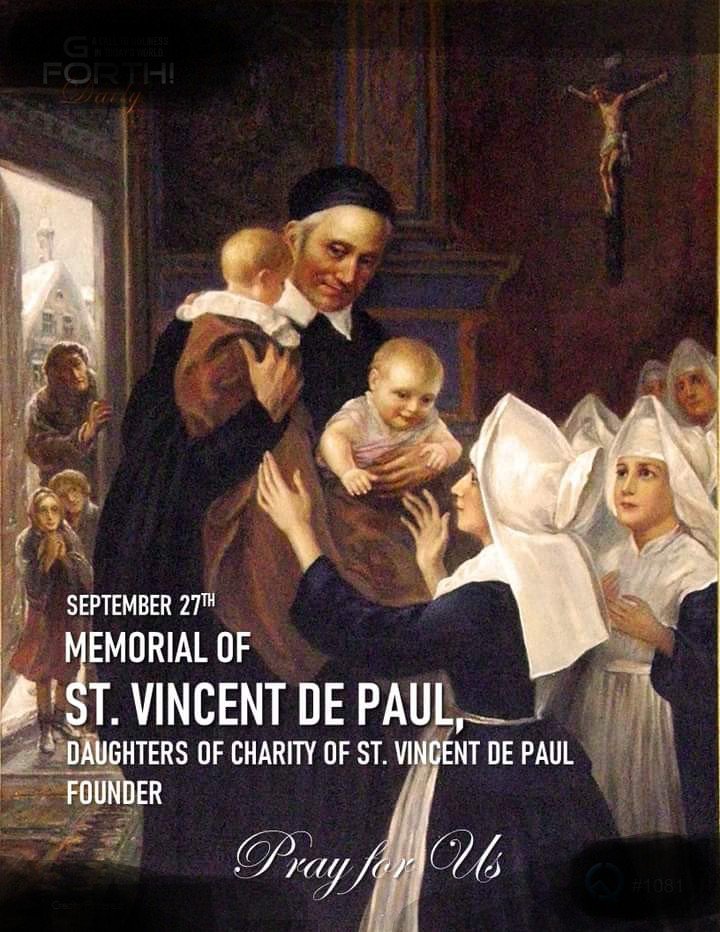
In 1612 he was sent as parish priest to the Church of Saint-Medard in Clichy. In less than a year, Bérulle recalled him to Paris to serve as a chaplain and tutor to the Gondi family. “Although Vincent had initially begun his priesthood with the intention of securing a life of leisure for himself, he underwent a change of heart after hearing the confession of a dying peasant.” It was the Countess de Gondi who persuaded her husband to endow and support a group of able and zealous missionaries who would work among poor tenant farmers and country people in general.
On 13 May 1643, with Louis XIII dead, Queen Anne had her husband’s will annulled by the Parlement de Paris (a judicial body comprising mostly nobles and high clergymen). This action abolished the regency council and made Anne sole Regent of France. Anne exiled some of her husband’s ministers (Chavigny, Bouthilier), and she nominated Brienne as her minister of foreign affairs; she also nominated Vincent de Paul as her spiritual adviser, which helped her deal with the religious policy and the Jansenism question.
In 1617, Vincent contacted the Daughters of Charity and they then introduced him to poor families. Vincent then brought them food and comfort. He organized these wealthy women of Paris to collect funds for missionary projects, founded hospitals, and gather relief funds for the victims of war and to ransom 1,200 galley slaves from North Africa. This participation of women would eventually result in, with the help of Louise de Marillac, the Daughters of Charity of Saint Vincent de Paul, a Society of Apostolic Life for women within the Church.
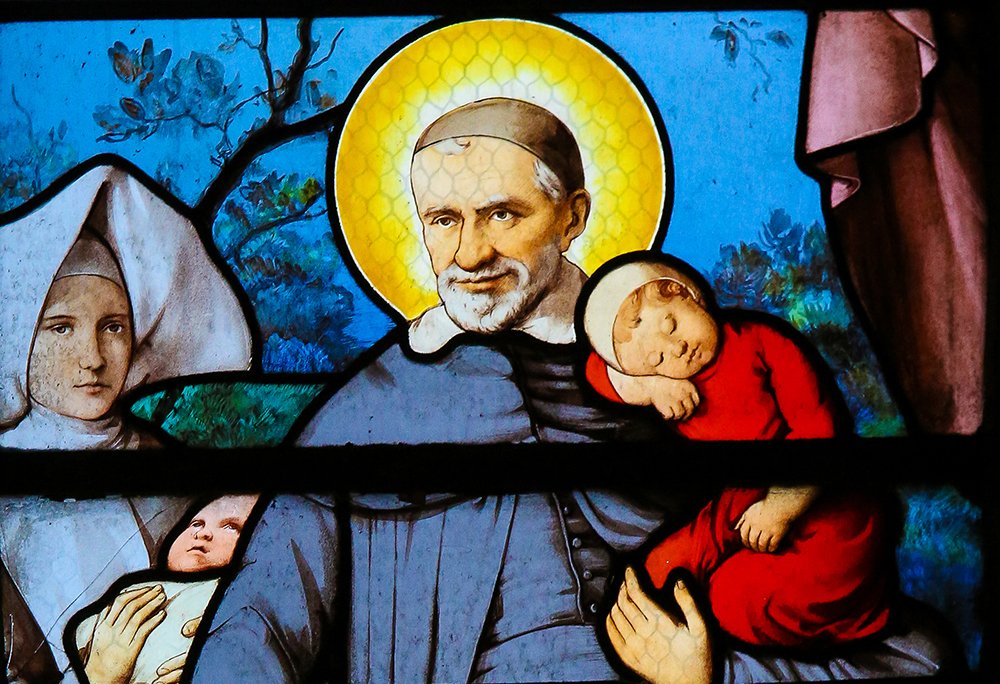
In 1622 Vincent was appointed a chaplain to the galleys. After working for some time in Paris among imprisoned galley slaves, he returned to be the superior of what is now known as the Congregation of the Mission, or the “Vincentians” (in France known as “Lazaristes”). These priests, with vows of poverty, chastity, obedience, and stability, were to devote themselves entirely to the people in smaller towns and villages.
Vincent was zealous in conducting retreats for clergy at a time when there was great laxity, abuse, and ignorance among them. He was a pioneer in clerical training and was instrumental in establishing seminaries. He spent 28 years serving as the spiritual director of the Convent of St. Mary of Angels. Vincent died in Paris on 27 September 1660 at the age of eighty.
Vincent is the patron of all works of charity. A number of organizations specifically inspired by his work and teaching and which claim Vincent as their founder or patron saint are grouped in a loose federation known as the Vincentian Family. The 1996 publication The Vincentian Family Tree presents an overview of related communities from a genealogical perspective.
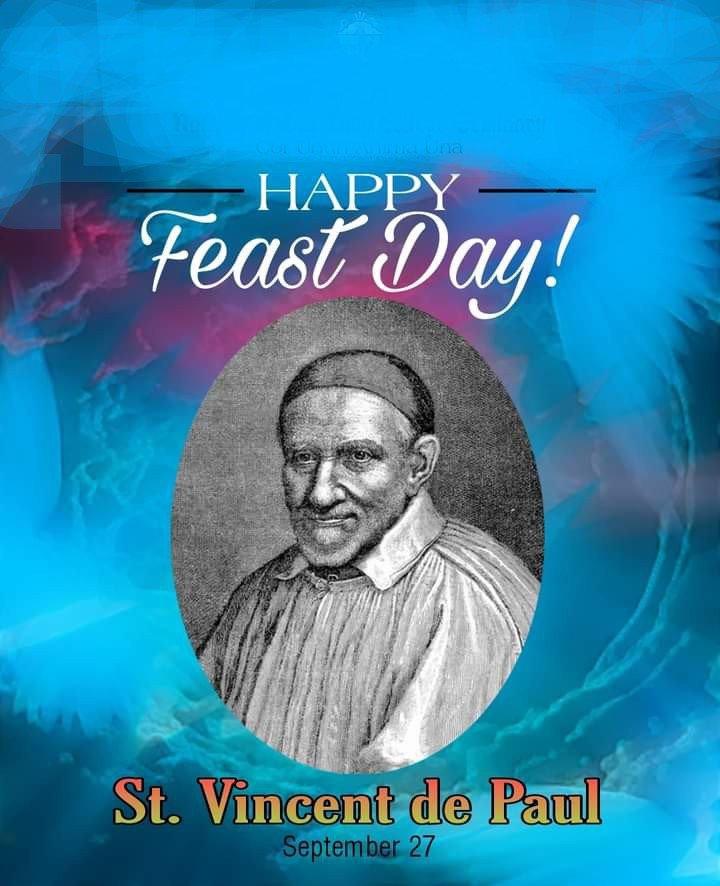
Among these organizations is the Society of Saint Vincent de Paul, a charitable organization dedicated to the service of the poor, established in 1833 by French university students, led by the Frederic Ozanam. The society is today present in 153 countries.
In 1705, the Superior General of the Congregation of the Mission requested that the holy process of Vincent’s canonization be instituted. On 13 August 1729 he was declared blessed by Pope Benedict XIII. He was canonized nearly eight years later by Pope Clement XII on 16 June 1737.

Vincent’s body was exhumed in 1712, 53 years after his death. The written account of an eyewitness states that “the eyes and nose alone showed some decay”. However, when it was exhumed again during the canonization in 1737, it was found to have decomposed due to an underground flood. His bones have been encased in a waxen figure which is displayed in a glass reliquary in the chapel of the headquarters of the Vincentian fathers in Paris, Saint Vincent de Paul Chapel, rue de Sèvres.
His heart is still incorrupt, and have been placed inside a wax figure of his body, displayed in a reliquary in the chapel of the motherhouse of the Daughters of Charity in Paris. The 1969 revision of the General Roman Calendar transferred his memorial to 27 September, moving Cosmas and Damian to 26 September to make way for him, as he is now better known in the West than them. His relics can be seen in the Church of St. Vincent de Paul in Paris.
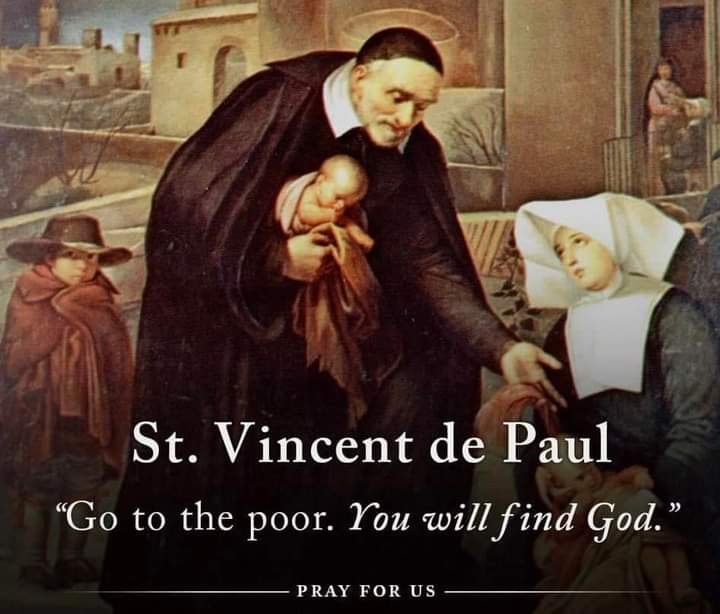
Vincent is honored with a Lesser Festival on 27 September in the Church of England. The Episcopal Church liturgical calendar honors him together with Louise de Marillac on 15 March. One of the feasts celebrated by the French Deist Church of the Theophilanthropy was dedicated to Vincent.
COLLECT PRAYER
O God, who for the relief of the poor and the formation of the clergy endowed the Priest Saint Vincent de Paul with apostolic virtues, grant, we pray, that, afire with that same spirit, we may love what he loved and put into practice what he taught.
Through our Lord Jesus Christ, your Son, who lives and reigns with you in the unity of the Holy Spirit, God, for ever and ever. Amen
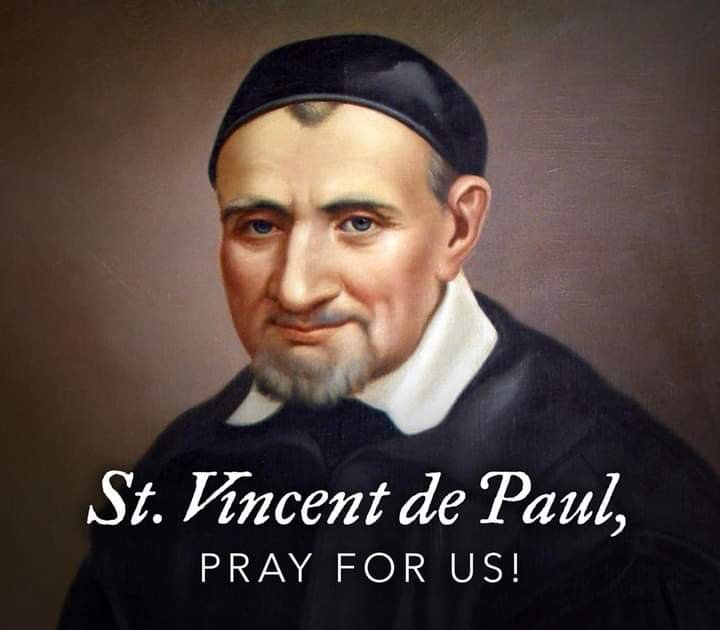
Saint Vincent de Paul, pray for us.


